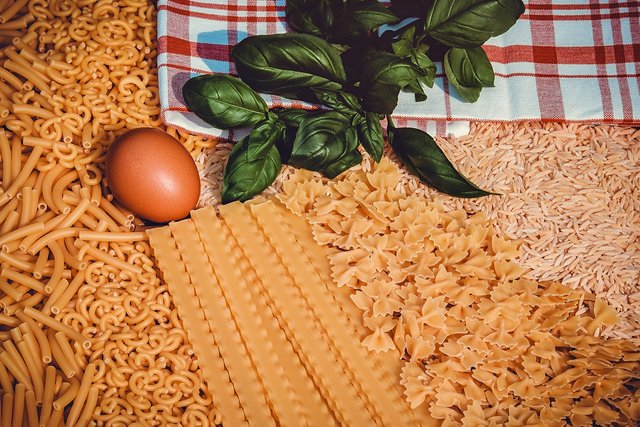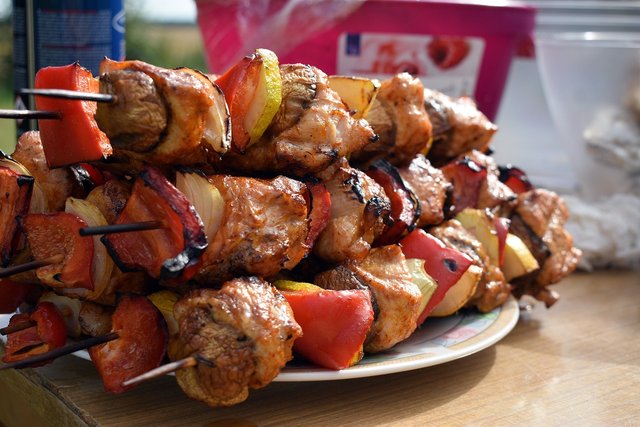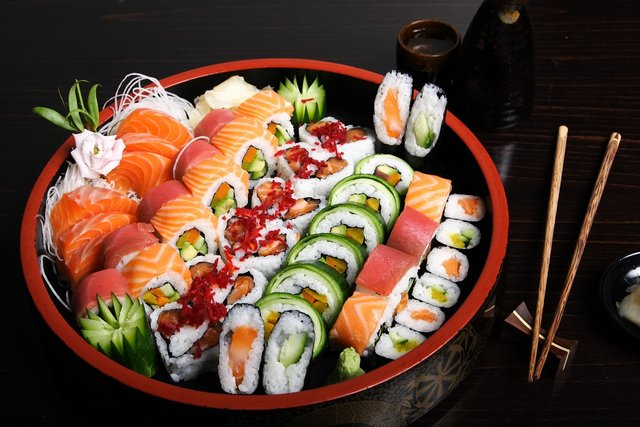Hello friends,
I am great pleasure to again participate with this general knowledge contest. Here I will submit my point of view. I would like to appreciate @sahar78 to organizing such an interesting contest.
Italy's trademark meal, pasta, has a long history in Italian cooking. There are many different varieties, including ravioli, fettuccine, penne, and spaghetti, and each location has its own variations in form and recipe. Pasta, which is traditionally produced with water and durum wheat semolina, can be eaten with a variety of sauces, such as pesto, cream, or tomato. Pasta has a long history in Italy and is now a staple cuisine that may be eaten as part of sophisticated recipes or as a basic everyday meal. Pasta is still a vital component of Italian culture and cooking, even though it is now adored all over the world.
Origin: Italy, however there are ancient references.
Types: Comes in hundreds of shapes and types, including ravioli, fettuccine, penne, spaghetti, and many more.
Main Ingredients: Water, durum wheat semolina, and occasionally eggs.
Sauces: Pesto, Alfredo, and marinara are common sauces in Italy, though there are regional variations.
Global Impact: Adapted with regional ingredients and flavours, pasta has become a mainstay in cuisines all over the world.
Although chicken shashlik is a common dish in many nations, it is most closely linked to South Asian, Russian, and Central Asian cuisines. In the Caucasus and Central Asia, where "shashlik" means grilled and skewered meat, the meal first appeared. In Russia and the surrounding areas, it gained widespread adoption. Influenced by Chinese flavours, chicken shashlik has developed into a spicy dish in South Asia, particularly in Pakistan and India, that is frequently served with onions and bell peppers. Although it has cultural importance in many parts of the world, each location has its own unique take on the meal.
Origin: It originated in Central Asia and the Caucasus, although it has become more well-known in South Asia and Russia.
Ingredients: Usually comprises marinated slices of chicken skewered with tomatoes, onions, and bell peppers. Cooking methods include grilling, barbecuing, and occasionally baking.
Variations: Influenced by Chinese flavours, chicken shashlik is more spicy in South Asia and is frequently eaten with noodles or rice.
Japan is known for its sushi. It is made with vinegared rice, veggies, and sometimes tropical fruits, as well as raw or cooked fish. Sashimi (sliced raw fish served without rice), maki (rolled sushi wrapped in seaweed), and nigiri (fish over rice) are examples of traditional forms. In Japan, sushi is deeply ingrained in culture and emphasises balance, freshness, and beauty. Although it began as a method of preserving fish centuries ago, it has now developed into a widely consumed meal, with regional variations and fusion modifications popping up all over the world.
Origin: Japan; developed from traditional fish preservation techniques using fermented rice. Types: Sashimi (sliced raw fish without rice), maki (rolled sushi), and nigiri (fish over rice) are common types.
Ingredients: Usually includes veggies, seaweed, raw or cooked fish (such as salmon or tuna), and vinegared rice. Cultural Importance: Sushi reflects Japanese culinary philosophy by emphasising balance, freshness, and presentation.
Global Influence: Fusion dishes like California rolls are becoming well-liked in the West, and they are currently appreciated all over the world.
With their distinct flavours and cultural customs, these three meals highlight the diversity of international cuisine. With that I would like to invite @simaroy, @thaizmaita and @pandora2010 to take part in this wonderful contest.
Best Regards
from Roshani



X share,
https://x.com/roshani96127111/status/1849733292037374426
Downvoting a post can decrease pending rewards and make it less visible. Common reasons:
Submit
Congratulations on bringing a quality content. You have earned a positive vote from team 2, and it is delivered by @ashkhan.
Many Blessings...🙏🏻
Downvoting a post can decrease pending rewards and make it less visible. Common reasons:
Submit
Thank you for your support!
Downvoting a post can decrease pending rewards and make it less visible. Common reasons:
Submit
Downvoting a post can decrease pending rewards and make it less visible. Common reasons:
Submit
Yeah, it's happy to see your valuable comment here. Thank you for stopping by! Have a nice day!
Downvoting a post can decrease pending rewards and make it less visible. Common reasons:
Submit